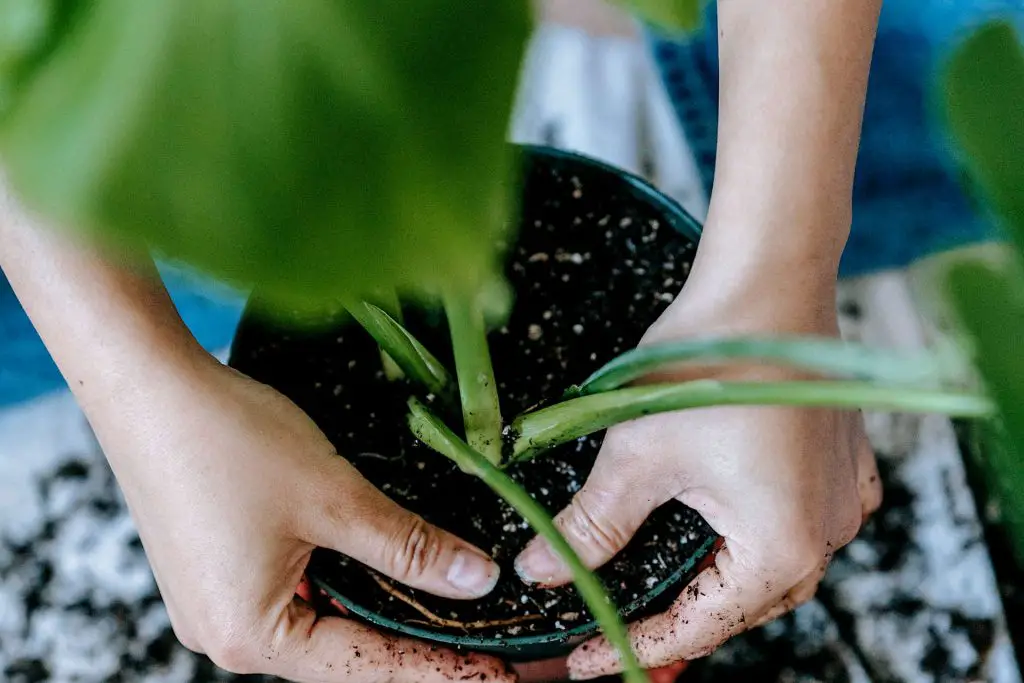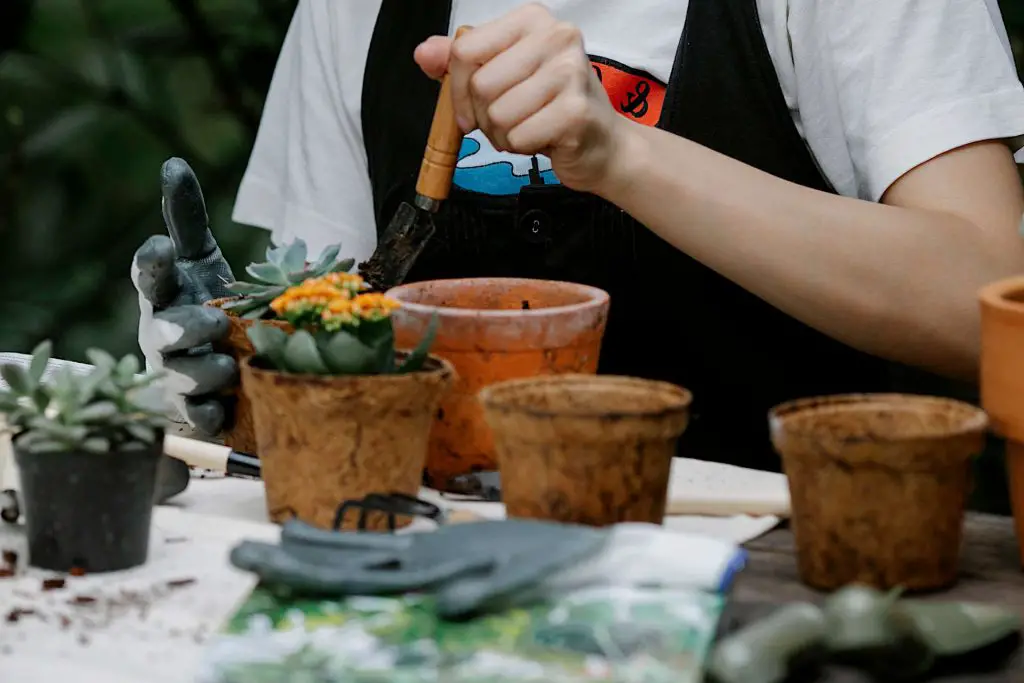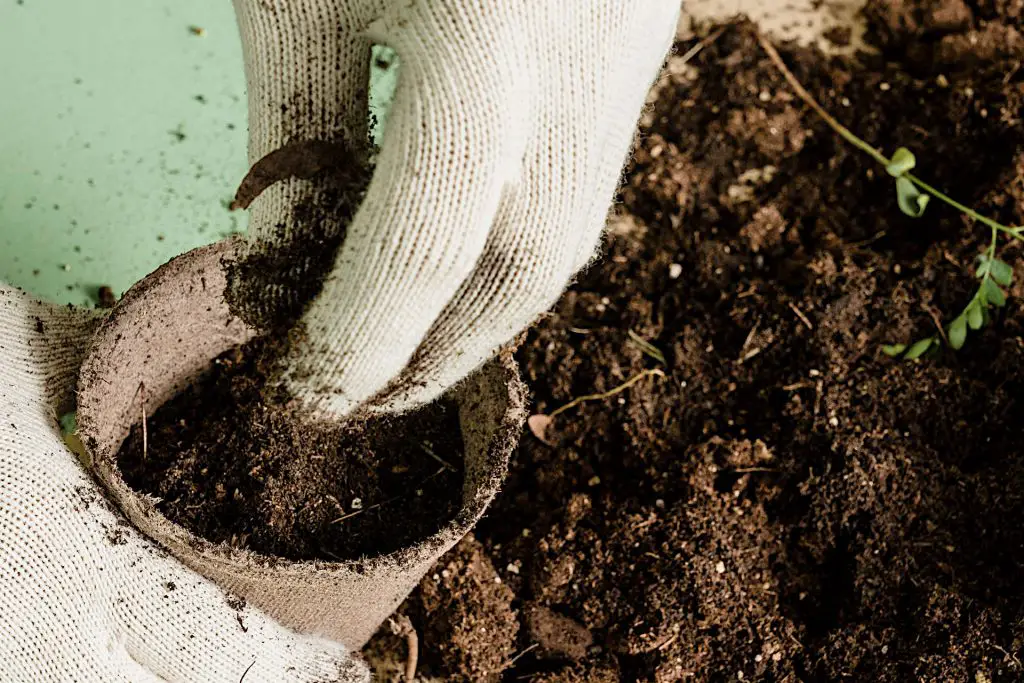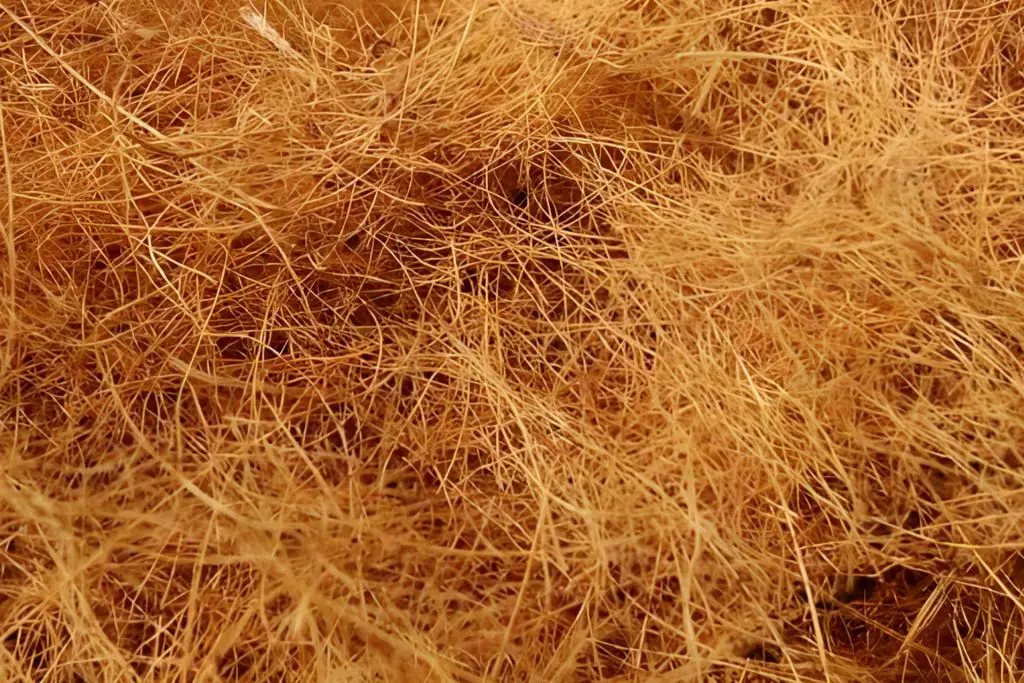Do Indoor Plants Require Special Compost? Sourcing Nutrients to Feed Your Indoor Plants
Indoor plants are a great way to add some life to your home, but they can be a bit finicky when it comes to their care. One important aspect of taking care of indoor plants is making sure they are getting the nutrients they need to thrive. While outdoor plants can get nutrients from the soil, indoor plants have to rely on you to provide them with the nutrients they need. This means using the right kind of compost or another nutrient source when you pot or repot your plants.
When choosing compost for use with indoor plants there are also several other factors that you will need to consider, such as water retention, drainage, and structure that can impact indoor plants more acutely than those in the ground. We will look at these requirements and various options available for feeding your plants and providing a growing medium to enable them to thrive.
So, do indoor plants require special compost? The answer depends on what you are potting. While indoor plants don’t necessarily need special compost, they do need compost that is rich in the right nutrients for that particular plant, this can mean a special compost mix. In addition, if using compost as a nutrient source for your indoor plants you need to ensure that is sterile. This is in order to kill off pathogens and fungi that could potentially be present.
What is Compost

When it comes to getting your house plants the nutrients they need, compost is an ideal amendment or growing medium. Not only does compost provide nutrients that plants need to thrive, but it also helps to hold moisture in the soil, which is important for preventing root rot.
Compost is produced through the process of breaking down organic matter such as plant waste, garden trimmings, food scraps, woodchip, and cardboard to create an earthy-smelling rich black material.
Properties of Compost
The reason that compost is so good at helping plants thrive is the properties that it possesses. and the way in which it provides its nutrients to the plant.
Nutrient Content of Compost
Compost is full of essential nutrients that plants need to thrive. The three primary nutrients found in compost are nitrogen, potassium, and phosphorous. These nutrients are essential for plant growth and play a role in various plant processes, such as photosynthesis and cell division.
Nitrogen is responsible for the growth of leaves and green parts of the plant. It is an important component of chlorophyll, which helps plants convert sunlight into energy.
Potassium helps plants grow strong roots and produce fruit. It is also involved in water uptake and the movement of nutrients within the plant.
Phosphorous is essential for the formation of new cells and the development of strong roots. It also helps plants to resist disease and produce flowers.
Water Retention
When it comes to water retention, compost definitely has the ability to hold a lot of water. This is due to the fact that compost is made up of organic matter. Compost, being derived from organic matter, has a natural ability to absorb water.
This is why compost is often used as a way to reduce the amount of watering that a plant needs. By adding compost to the potting soil, you can help the soil retain moisture for a longer period of time. This can ultimately lead to less watering overall.
Drainage
The flip side of water retention is drainage. Whilst a plant need moisture in the growing medium to draw from, it also needs to be able to breathe. An indoor plant, whose roots remain in a saturated growing medium, will suffocate and suffer from root rot, which can damage and ultimately kill the plant.
A further advantage of compost is that is loose and won’t compact which provides a structure that is particularly effective at providing drainage in a way that many clay-based garden soils might struggle with.
Air Circulation with Compost
In the same way that drainage is important, so is aeration. Again the nature of the composition of compost provides airflow. As well as nutrients and moisture, the roots of a plant also require oxygen to thrive. This makes the structure of a growing medium important. Compost, generally, allows better air circulation than soil.
Plant Stability – Anchorage
The advantages of compost in connections with structure and the way that it facilitates drainage and aeration can also be a disadvantage in terms of plant stability and its ability to anchor itself into position. The loose nature of the medium means that it can be difficult for the roots to grip.
Some types of compost are better than others. One solution is to sieve out larger pieces of organic material so as to provide better stability or use it in combination with another growing medium.
Compost a Slow Release Fertilizer

Compost is a slow-release natural fertilizer that provides nutrients to plants over time. Unlike chemical fertilizers, whose nutrients are more quickly absorbed by plants, compost releases nutrients slowly, over an extended period.
The reason this slow-release happens is that plants can only utilize nutrients which are been broken down and transformed into mineral form by microbes, these organic nutrients are often unavailable to plant roots for immediate absorption.
This allows plants to better uptake the nutrients they need, in the form that they need them, providing a steady supply of nourishment that helps to promote healthy plant growth.
Things to Consider When Choosing Houseplant Compost

There are a few things to keep in mind when choosing compost for your houseplants. The first is the nutrient content. Different plants require different ratios of nutrients, so it’s important to choose a compost that is specifically designed for the plant you’re growing.
The second thing to keep in mind in choosing the right compost for indoor plants is that in a confined space, the growing environment change. Factors that can be mitigated by the size of a planting area outside are much more problematic when in a pot.
A particular problem is that regular compost can contain pathogens, spores, and fungi. With only a small space it is easier for pathogens and fungi to infect the plant and for any weed spores present to quickly suffocate the plant, consuming vital nutrients and moisture that the plant needs.
To combat this problem, and avoid pathogens and spores being present, is to use pre-sterilized compost or by sterilizing the compost yourself. Professional nurseries typically sterilize their compost but you should check. You can sterilize your own compost to kill off any potential pathogens and spores by baking the compost at a temperature that is too high for pathogens to survive.
One thing to note with serialized compost is that the process can degrade the nutrient content so you should again carefully check the nutrient levels on shop-bought sterilized compost.
Because of the problems of potential pathogens, it is generally not advised to use homemade compost with indoor plants. The nutrient reduction on homemade compost that you sterilize might cause the plant to not get enough nutrients. If you do sterilize your own compost be aware that you may need to add more nitrogen and other nutrients after a few weeks.
Different Types of Compost That You Can Use with Indoor Plants
Other than general-purpose compost there are various other organic materials that can be used with household plants.
Mushroom Compost
Mushroom compost is a kind of organic plant fertilizer that slowly releases its nutrients. It is made from the waste growth media used to spawn mushrooms. In general, mushroom compost has a high salt and calcium concentration but a low nitrogen content. However, since there are so many various mushroom growth media formulas, the nutritional levels of the final compost will vary significantly.
Mushroom compost has fantastic water retention and drainage properties which can make it a good choice for use with established plants. However, because the hight salt levels can make it slightly alkaline it is best not to use ith seedlings or very young plants.
Peat Substrates

Peat is a type of organic material that is often used as a substrate for indoor plants. The peat is extracted from bogs and is composed of decomposed plant matter. There are a number of advantages to using peat. It has a high water-holding capacity and is relatively lightweight. It is also sterile, meaning there is little risk of pests or diseases.
However, peat has come under fire in recent years due to the environmental impact of its extraction and use. There are concerns that the extraction of peat contributes to greenhouse gas emissions and the destruction of natural habitats. There are also concerns about the impact of peat extraction on water resources.
Despite these concerns, peat continues to be used as a substrate for indoor plants. This is due to its physical and chemical properties, which make it an ideal substrate. Peat is consistent in quality and has a close pH value to the pH levels that many plants need. Peat is also lightweight and easy to handle.
There are a few things to consider if peat is going to be the medium you want to use for your indoor plant’s substrate. The main issue is to be aware of the environmental impact of peat extraction and use. You may want or need, if it is banned, to consider alternatives such as coir, which may be more sustainable. If you are still going to use peat then a least be sure to purchase peat from a reputable source that adheres to environmental standards.
Targeted Compost Mixes
If you have a specific plant that you want to grow, then you may need to look into getting a specialist compost mix. This is because some plants have very specific nutrient needs, and a normal compost mix may not have everything that they require. For example, a lot of orchids are epiphytes, which means that they grow on other plants or trees. They need a granular substrate that is porous and free-draining medium so that light may reach the roots. If you try to grow them in a normal houseplant compost mixture, they are not likely to thrive.
Similarly, some cacti do best in a substrate with exceptional drainage. If you try to grow them in a normal compost mix, they are likely to rot. There are specialist cactus composts available, or you can make your own using a combination of standard compost, sand, and perlite.
Non Dirt Based Solutions to Provide Nutrients to Your Indoor Plants
You don’t have to solely use dirt-based growing mediums and amendments to feed your indoor plants. There is a range of other mediums that you can use that can support and help feed your plants the nutrients they require.
Using Coir as a Pot Plant Substrate

Coir is an excellent pot plant substrate for a number of reasons. It is made from the fibrous husks of coconuts that are the waste product of the coconut harvest, which makes it a renewable resource.
Because coir has many of the same characteristics as peat, it is often used as a peat replacement. Just like peat it is inert, lightweight, and has ideal air and water capacities. but doesn’t have peat’s environmental issues.
A further benefit is that it does not compact easily, which makes it ideal for plant roots, encouraging excellent root growth. Finally, it is less attractive to soil-dwelling pests such as fungus gnats, a problem that general compost can have. All of these factors make coir an excellent pot plant substrate.
Semi-Hydroponics Nutrient-Rich Solutions

Semi-hydroponics is a method of growing plants in which the roots are partially submerged in a nutrient-rich solution. This solution can be made up of any number of things but is typically a mix of water and nutrients specifically designed for plants.
One of the most popular methods of semi-hydroponics is using LECA balls. LECA stands for Lightweight Expanded Clay Aggregate, they are typically shaped into balls and fast fired in a kiln. The balls are lightweight and have a large surface area, which makes them ideal for semi-hydroponics and has many advantages over dirt-based growing mediums.
However, as with peat and coir, they have no nutrient value. This needs to be added to the water that the LECA balls and plant roots sit in. This can be done by adding liquid fertilizer or even compost tea to the water to make a nutrient-rich solution.
Summary: Do Indoor Plants Require Special Compost?
Indoor plants need a variety of elements such as nutrients, water, and oxygen, to survive and prosper. Compost is one way in which you can help provide these elements to your plant.
However, it is important to choose the right kind of compost or nutrient source when potting or repotting indoor plants, in order to ensure they are getting the correct nutrients in the right amounts for them to thrive. Factors such as water retention, aeration, drainage and structure can impact indoor plants more acutely than those in the ground, so it is important to choose a compost that takes these factors into account.
Compost or dirt-based solutions are not the only answer for providing plants with the requirements they need. There are various options available for feeding plants and providing a growing medium, such as coir or LECA in a semi-hydroponic system, so it is important to do some research to find the best option for your plants.
